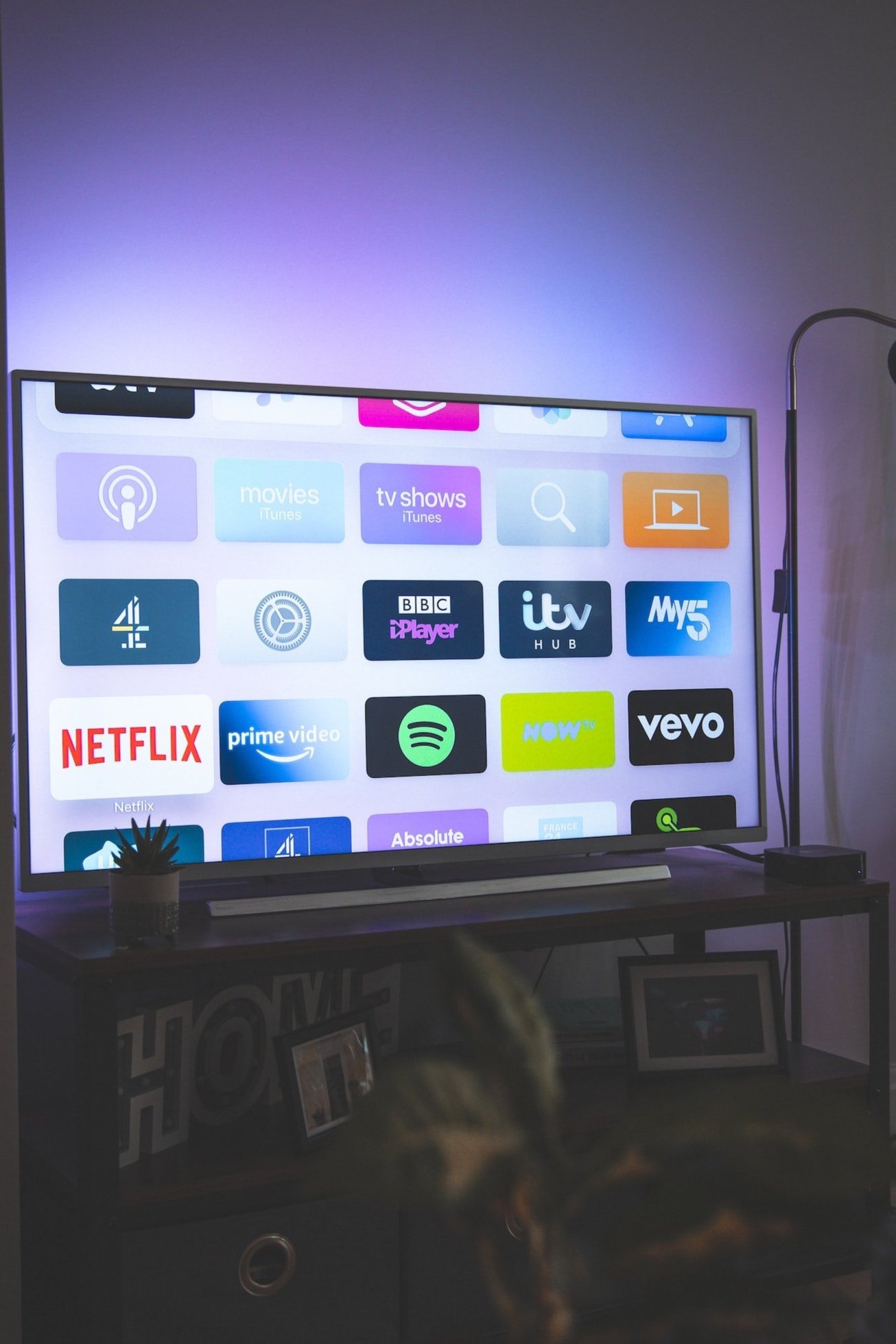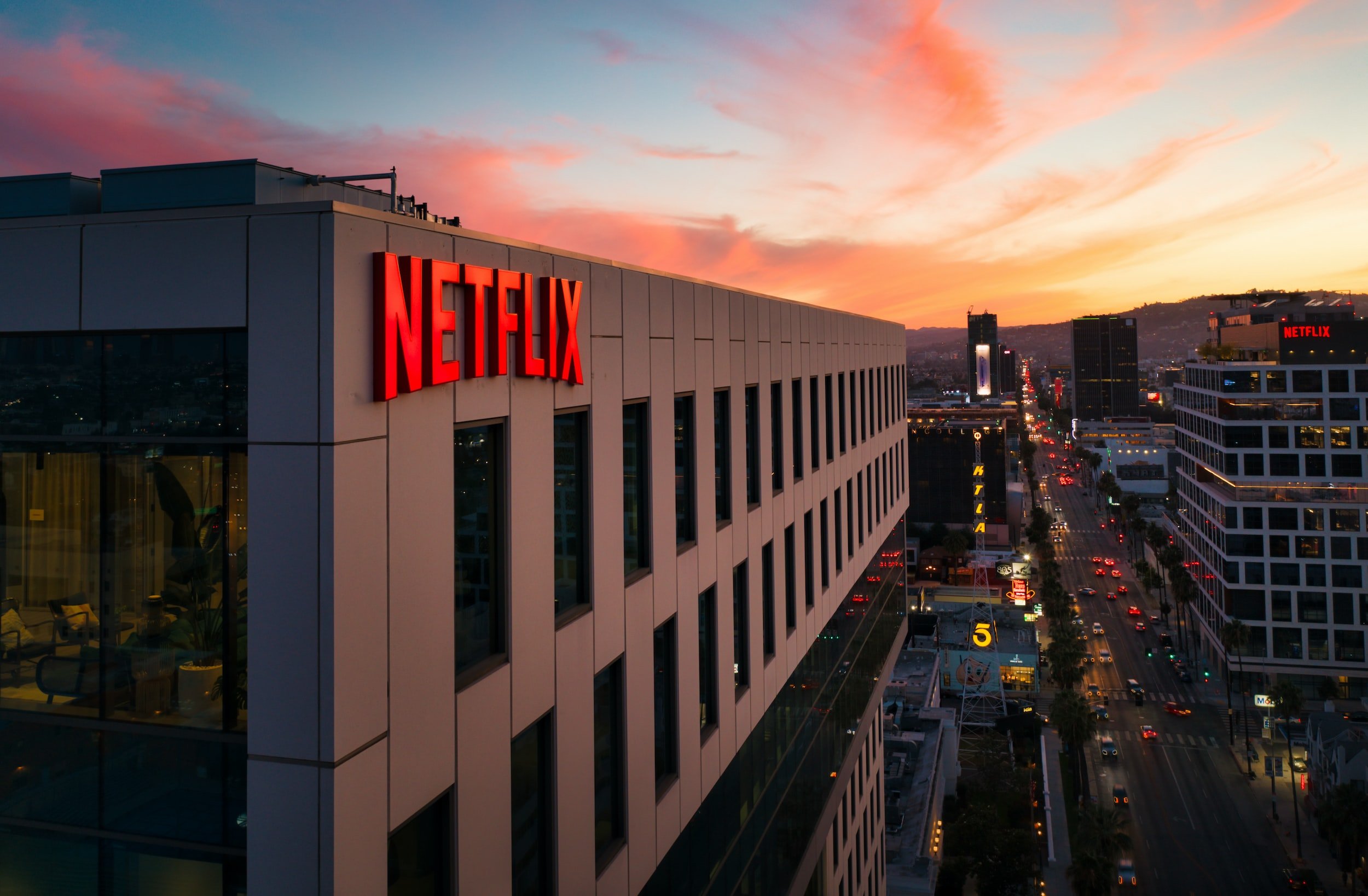Roku and the Streaming War: a large opportunity for the streaming giants
Roku Company History
Roku was founded in 2002 by Anthony Wood, the man who founded the DVR which enabled consumers to record television shows and watch them back. Wood was an early believer in the advantages of allowing viewers to watch whatever content they wanted whenever they wanted back in a time when 80% of U.S. households were still paying for traditional linear television (Statista). Roku produces TV-hardware that enables consumers to stream content on demand through its TV operating system. Roku was originally a part of Netflix, but was spun off in 2009 because Netflix did not want to compete with Apple and Amazon in the TV hardware market. Since then, Roku has been incredibly successful though and now has 63 million active accounts and is the TV platform with the highest streaming hours in the United States, Canada and Mexico.
The Rise of CTV
Connected Television (CTV), Roku’s chief product, has seen huge growth in the last few years. CTV refers to a device that connects or is embedded into a TV that enables consumers to stream content via apps. CTV viewership hours was up 81% in 2020 and now has a higher penetration rate than cable with 80% of U.S. households owning a Connected TV of some sort. The advertising money has only begun to follow consumer trends. In 2021, CTV was the fastest growing digital advertising platform across all devices, outpacing PC and mobile. Advertising spending on CTV has grown at over 50% every year since 2018.
CTV advertising offers several distinct advantages.
First, CTV ads can be targeted towards the interests of the user based on their viewing history. Secondly, viewers are often more tolerant towards the ads when watching TV than when they are on their mobile devices. Oftentimes when people are on their phones or computers, they are in a rush to do something, so the ad is getting in their way. On the other hand, people are more relaxed when watching TV, so the ads they see might be less annoying to them. In addition, screen size can also make a difference in that it is easier to get a viewer’s attention on a large TV compared with a mobile device or a laptop.
Netflix
Of all the acquisition rumors surrounding Roku, the prospect of Netflix being the acquirer has been the most prominent. The two companies have maintained a close relationship since the spin-off. Currently, Roku even leases its offices from Netflix. Furthermore, Roku has fully demonstrated in the last decade that it is very capable of competing with Apple and Amazon in the hardware business, despite previous concerns. Roku could greatly support Netflix’s efforts to build an ad-supported tier. Because CTV advertising has the potential to be more effective and hence more valuable than other advertising methods, Roku could help Netflix boost its ad-revenue. Roku has always sought to primarily generate revenue off of advertising rather than hardware sales of its CTV devices. Roku’s platform is built for ad-supported video on demand (AVOD) and a well-designed back-end to measure and collect data. This data can be used for targeted advertising. Furthermore, Netflix could test-run its ad-supported tier on CTV first. This could allow Netflix to avoid diluting the brand and value of its premium non-ad-supported tier. Furthermore, Roku could simply help Netflix grow its subscriber count Roku has 61.3 million active accounts, presumably not all of which have Netflix accounts, so Roku could help Netflix grow its subscriber count.
Apple
Apple’s efforts to break into the digital streaming space have been much more recent but they have poured substantial investments into developing the Apple TV operating system as well as into producing original content. Nonetheless, Apple significantly lags its competitors in the subscription video on demand market. Apple who could bundle a short Apple TV subscription in with TV sales, which could help grow the installed base of their service. Getting Apple TV onto the millions of Roku devices sold every year could be a major opportunity to grow their market share. Furthermore, Roku’s CTV devices could be sold as a cheaper alternative to the Apple TV device. Apple could also benefit Roku’s international expansion as a company with a much more established international presence. Roku has also been pushing into creating its own original content to support the Roku Channel, which is an ad-based source of TV content. The company made its first movie in 2022, “Weird: The Al Yankovic Story.” Roku original content could benefit Apple TV’s collection, while Apple TV content could be used to complement the Roku Channel.
Amazon
Amazon has also been seen as a potential acquirer for Roku. Anyone who has an Amazon Prime subscription automatically gets an Amazon Prime Video subscription. First, Roku could help Amazon expand its Prime Video subscription. In addition, Roku could support Amazon’s studio production efforts. Like Apple, Amazon has been investing heavily in making its own original content and would benefit from content Roku produced. Furthermore, Prime Video is supported by advertising, so Roku would also complement Amazon’s advertising revenues both through the value of CTV advertising itself as well as from the backend data analytics platform Roku has been developing. Roku and Amazon have similar philosophies in terms of how to monetize their content and so, their existing platforms could complement each other without requiring any drastic shift in how they conduct their business.
Final Thoughts
In many ways Roku is ripe for acquisition. The company is very well positioned for the future of content streaming and would provide valuable synergies to a number of potential acquirers. As Roku’s stock fell in 2022, rumors circulated about the company potentially being acquired by one of the big-tech giants that have a stake in the digital-content streaming market. Roku presents itself as a neutral third-party in the streaming war. This was necessary to guarantee streaming services would allow for their platforms to be accessed via the Roku Television OS and played on the Roku channel. A Roku acquisition could afford its buyer a substantial advantage in the streaming wars and could offer a lot of new opportunities.


